- Home
- entertainment
- news
- 17 classic LGBTQ movies that everyone should see in their lifetime
17 classic LGBTQ movies that everyone should see in their lifetime
Abby Monteil

- Increasing LGBTQ visibility in recent years means that more accessible queer films are being made.
- However, it's important to acknowledge that LGBTQ movies have always existed (even in times of censorship) and are important parts of queer history.
- Insider compiled some of the LGBTQ films that are from 1990 or earlier that everyone should watch.
- Recommendations range from "Michael" to "Paris Is Burning."
Thanks to increasing LGBTQ visibility, queer films are being made mainstream — often with queer writers, actors, and directors at their helms.
However, while many of these contemporary gay movies are essential and continue to capture more and more elements of queer life, it's also important to acknowledge that LGBTQ movies have always existed (even during periods of censorship) and are vital parts of the community's history.
Insider has compiled a list of several must-watch queer films from 1990 or earlier, from the silent film "Michael" to the breakout New York City-set documentary "Paris Is Burning."
Insider has many movie and TV show lists to keep you occupied. You can read them all here.
The 1924 silent drama "Michael" uses the relationship between an artist and his muse to explore gay desire onscreen.
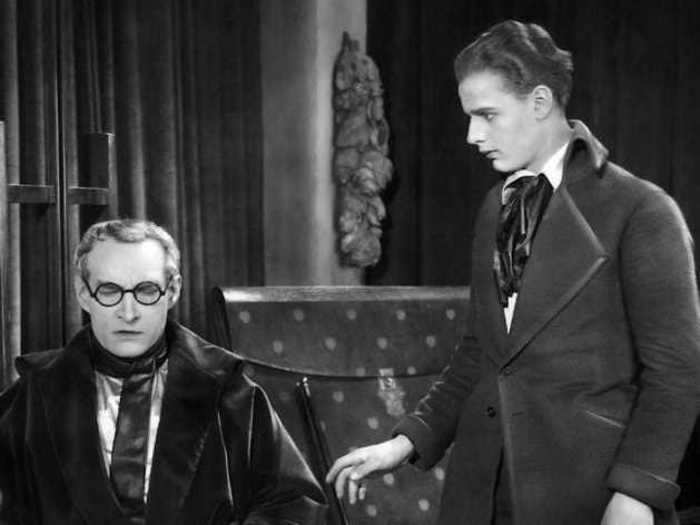
Where to watch it: Available in virtual cinemas as part of "Pioneers of Queer Cinema"
What it's about: In the silent arthouse film "Michael," acclaimed painter Claude forms an intimate, charged partnership with his young assistant, Michael. Their relationship is soon upended when Michael falls in love with a countess whom Claude is commissioned to paint.
By leaning into Claude's use of art as a form of expression, "Michael" is able to compassionately explore its lead character's queer romantic longing and loneliness in a way that was unprecedented at the time.
The 1931 German romance "Mädchen in Uniform" centers on a boarding school student who falls in love with her teacher.
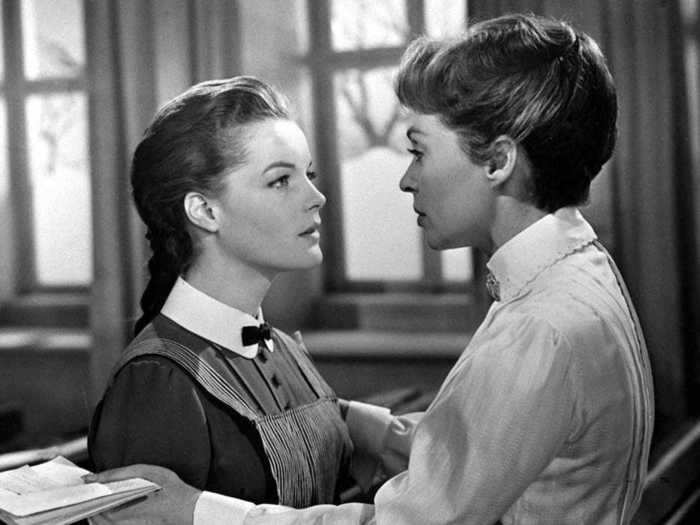
Where to watch it: Available in virtual cinemas as part of "Pioneers of Queer Cinema"
What it's about: "Mädchen in Uniform" follows Manuela, a student at a German all-girls boarding school who secretly falls in love with one of her teachers. It's credited as the first explicitly lesbian film, and while some viewers may be averse to the central pairing's age difference, the story itself is more interested in exploring the complicated realities of first love, particularly in a repressive society.
Because of its lesbian content and anti-authoritarian themes, Nazis tried to destroy every copy of "Mädchen in Uniform" at the beginning of the Holocaust. They failed, and it has endured as a vital part of queer cinema.
In the 1933 musical comedy "Victor and Victoria," a young woman performs in drag and raises important questions about gender performance.
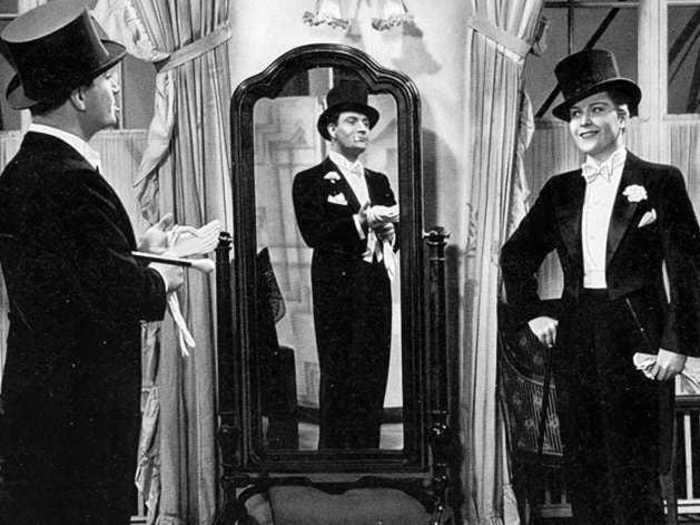
Where to watch it: Available in virtual cinemas as part of "Pioneers of Queer Cinema"
What it's about: The best-known iteration of this story is the Julie Andrews-fronted musical "Victor /Victoria," but the original German film is just as resonant and enjoyable.
The 1933 "Victor and Victoria" follows Susanne, an aspiring singer who takes over actor Viktor's cabaret job as a woman impersonator. Still, her relationships and career are tested when she's scouted by an agent, who thinks she really is a man.
Apart from being wildly entertaining, "Victor and Victoria's" prescient commentary on gender performance and identity holds up shockingly well to this day.
Alfred Hitchcock's 1948 crime thriller "Rope" is the most explicitly homoerotic of his many queer-coded films.
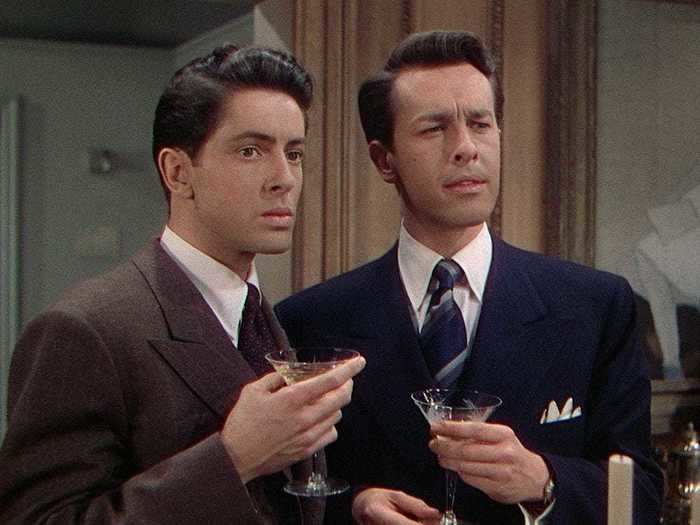
Where to watch it: Available to rent or buy on Amazon Prime Video, Google Play, iTunes, Vudu, or YouTube
What it's about: In "Rope," two men attempt to prove they committed the perfect crime by hosting a dinner party after strangling their former classmate to death — and inviting his friends and family.
The film is widely regarded as the most explicitly homoerotic and queer-coded Alfred Hitchcock film, due to the heavily implied romantic relationship between its two leads.
The acclaimed director is said to have made many coded thrillers (including "Rebecca" and "Strangers on a Train") during the Hays Code era, in which positive depictions of LGBTQ characters were forbidden in Hollywood.
The acclaimed 1955 American drama "Rebel Without a Cause" features major gay subtext and stars one of the first openly gay actors in Hollywood.
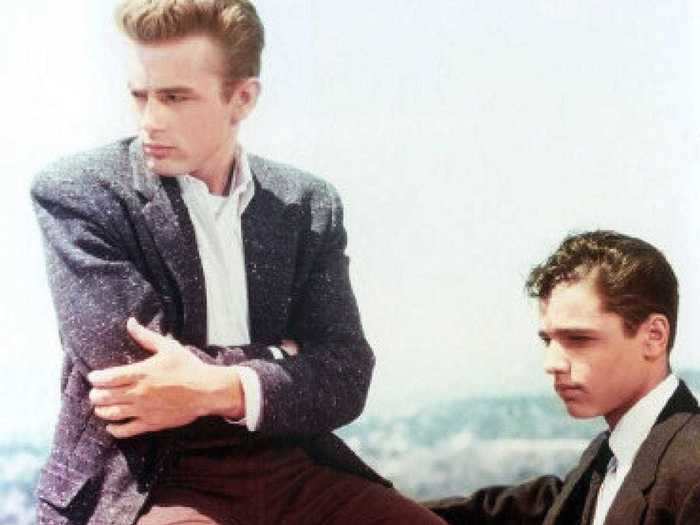
Where to watch it: HBO Max
What it's about: The classic drama "Rebel Without a Cause" centers on troublemaking teenager Jim Stark, who moves to a new town and begins to rebel. Along the way, he bonds with his disturbed classmate, Plato.
Although explicit LGBTQ representation was still taboo in 1955, there is clear subtext of a gay relationship and gay tension between Jim and Plato. Sal Mineo, who plays Plato and was one of the first Hollywood actors to publicly come out as gay, even later said that he played the first onscreen gay teenager in a film.
Audrey Hepburn and Shirley MacLaine play teachers who a student claims are lovers in 1961's "The Children's Hour."
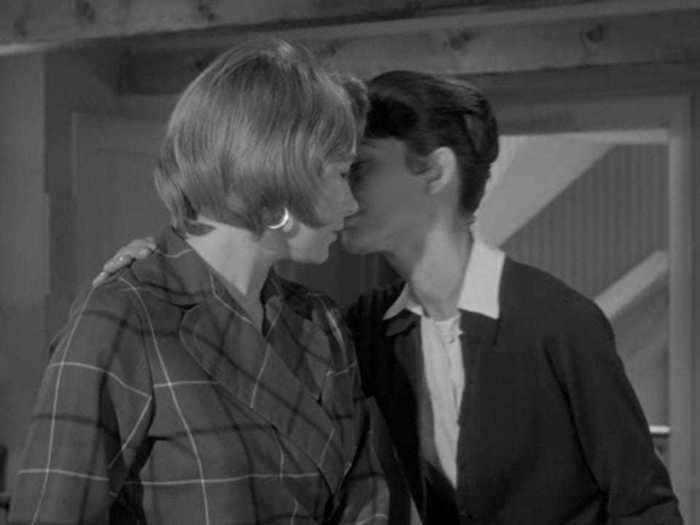
Where to watch it: Rent or buy on Amazon Prime Video, Google Play, iTunes, Vudu, or YouTube
What it's about: In "The Children's Hour," a rebellious student at an all-girls school accuses two teachers of being in a lesbian relationship.
The film is often criticized for its tragic ending, which can be traced back to Lillian Hellman's original play (which is a tragedy in the American theater tradition and thus lends itself to that kind of ending). At the time, the play and subsequent film's direct mentions of gay relationships and themes were extremely rare, as were nuanced and sympathetic LGBTQ characters.
Although "The Children's Hour" is bleak, it's worth reexamining its influence and message with a critical eye.
In the 1961 British noir film "Victim," several gay men are blackmailed in 1960s London.
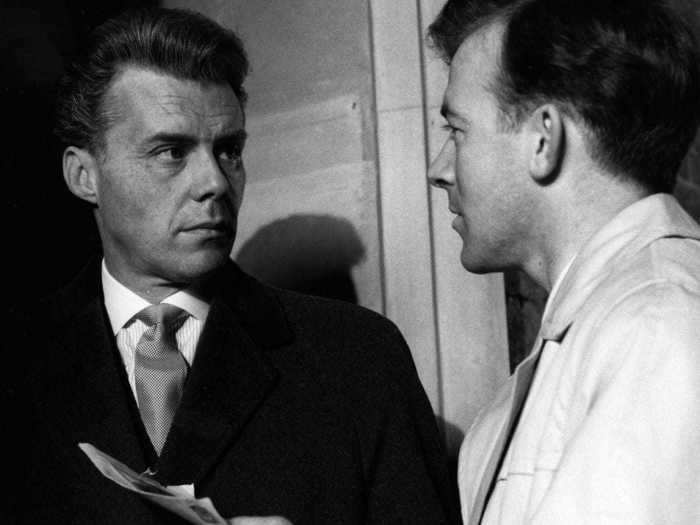
Where to watch it: Available to rent or buy on Amazon Prime Video or iTunes
What it's about: "Victim" takes place in 1960s London, where a young man's death leads to the discovery of a blackmail scheme against several gay men.
Featuring a striking performance from lead actor Dirk Bogarde, the film is one of the first movies to directly address and condemn homophobia — in this case, taking aim at England's former laws forbidding homosexuality.
The 1963 horror film "The Haunting" features a clairvoyant gay woman who falls for another woman in a haunted house.
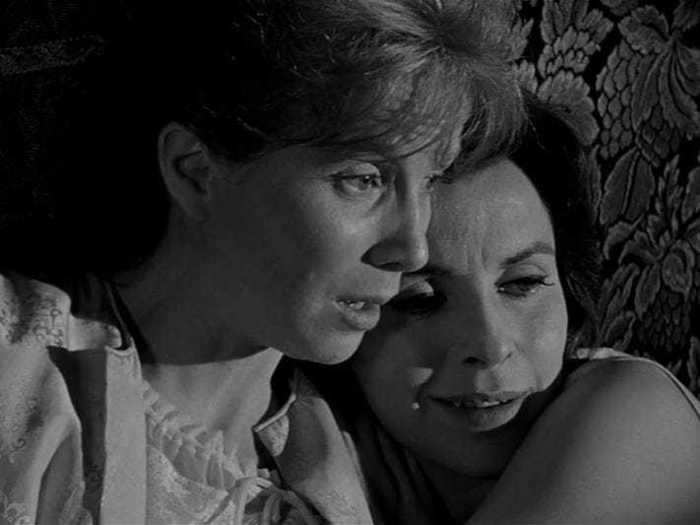
Where to watch it: Available to rent or buy on Amazon Prime Video, Google Play, iTunes, or Vudu
What it's about: Many viewers may be familiar with "The Haunting of Hill House," Netflix's loose adaptation of horror writer Shirley Jackson's iconic novel of the same name. However, years before the show's debut, the acclaimed 1963 film "The Haunting" did the story justice through stellar performances and efficient scares — and featured LGBTQ representation at a time when it was still hardly depicted onscreen.
Closely following the events of the novel, "The Haunting" takes place at Hill House, whose inhabitants have met strange, tragic ends for almost 90 years. As the film opens, Dr. John Markway assembles a team of people to determine whether the house really is haunted.
One of the characters, Theo, is a gay, clairvoyant woman, who later forms a subtle yet poignant relationship with Nell, another woman in the house.
The 1967 documentary "Portrait of Jason" features an interview with Jason Holliday, a Black gay sex worker and entertainer.
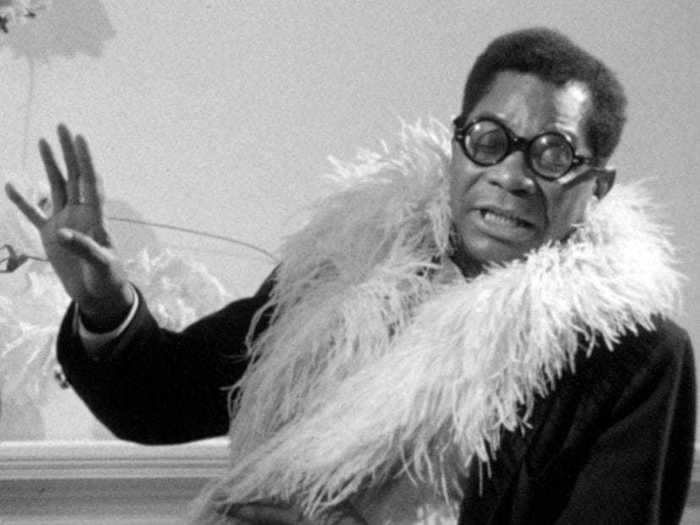
Where to watch it: Available to rent or buy on Amazon Prime Video
What it's about: "Portrait of Jason" centers on the life and work of Black gay sex worker and entertainer Jason Holliday, as told to experimental filmmaker and director Shirley Clarke.
The documentary is a rare onscreen exploration of 1960s Black queerness that's as charming and layered as its subject.
The 1969 Japanese drama "Funeral Parade of Roses" retells the Oedipus Rex story within Tokyo's underground gay scene.
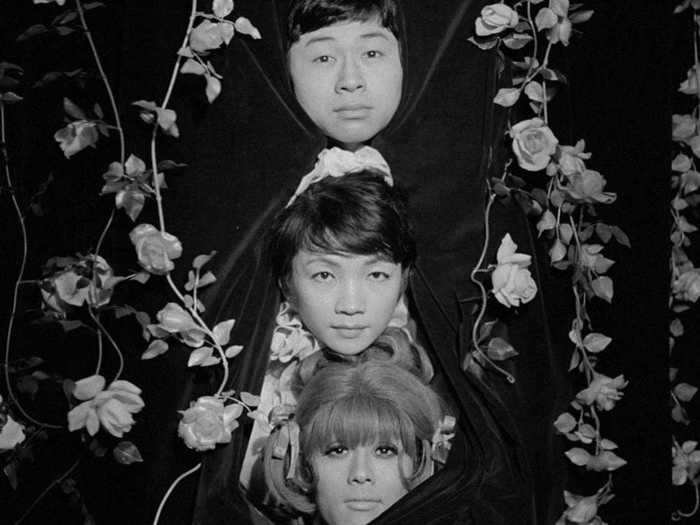
Where to watch it: Kanopy
What it's about: "Funeral Parade of Roses" follows a love triangle that unfolds within a Tokyo underground gay bar, and is a Japanese adaptation of the "Oedipus Rex" story.
Still, to only describe the film as a retelling would discount the kaleidoscopic blend of genres at play in writer-director Toshio Matsumoto's queer classic — elements of sexploitation films, melodramas, and experimental film techniques all intermingle to dreamlike effect.
The 1970 drama "The Boys In the Band" delves into the lives and friendships between several gay New Yorkers.
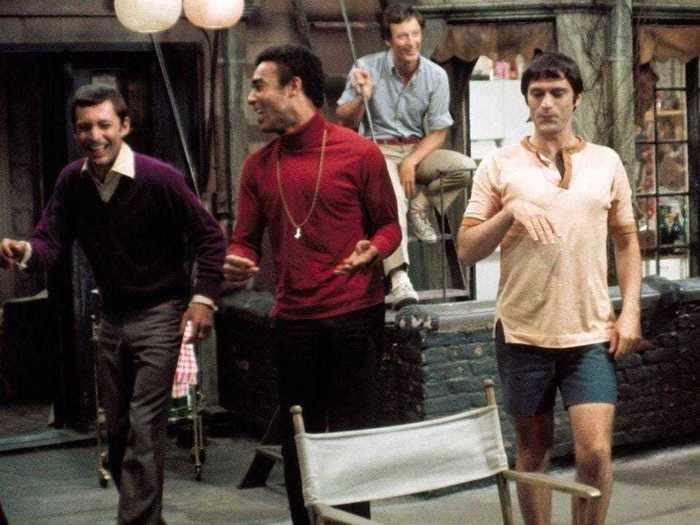
Where to watch it: Vimeo
What it's about: Originally an Off-Broadway play, "The Boys in the Band" revolves around a group of gay men who gather for a birthday party in New York City. Soon, the underlying tensions and heartache between them surface and threaten their friendships.
At the time, it was groundbreaking for its unapologetic, nuanced portrayals of gay life, relationships, and identity struggles in a society that often didn't accept them.
The 1975 crime drama "Dog Day Afternoon" is based on the true story of a man robbing a bank to pay for his partner's gender reassignment surgery.
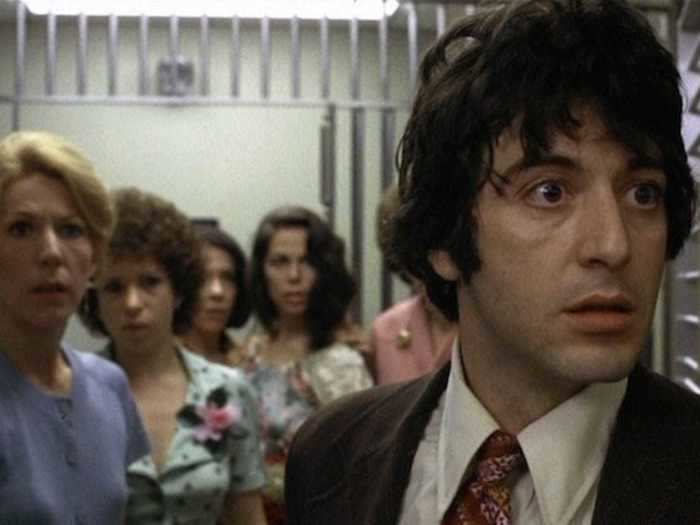
Where to watch it: Available to rent or buy on Amazon Prime Video, Google Play, iTunes, Vudu, or YouTube
What it's about: "Dog Day Afternoon" (which received six Oscar nominations and is based on a real burglary) isn't traditionally remembered as a queer film — and for the first hour, as Al Pacino's Sonny attempts to rob a bank, it doesn't seem like one.
Later, it's revealed that Sonny is committing the crime in order to pay for his lover Leon's gender reassignment surgery.
Pacino's hyper-macho performance in "Dog Day Afternoon" may be over the top, but at the time, it was also rare for queer characters to behave in a way that wasn't coded or rooted in gay stereotypes. Likewise, Leon's presence is significant since there were hardly any named trans characters onscreen at the time — although it's unfortunate that the character is referred to using male pronouns.
The 1975 musical film "The Rocky Horror Picture Show" is a gay cult classic.
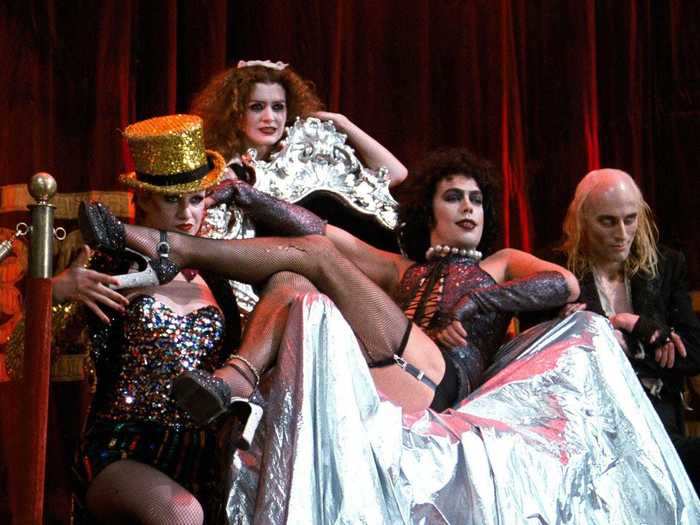
Where to watch it: Available to rent or buy on Amazon Prime Video, Google Play, iTunes, Vudu, or YouTube
What it's about: In the gay cult classic "The Rocky Horror Picture Show," naive newlyweds Brad and Janet's car breaks down near a creepy castle. They're forced to seek help from its inhabitants, who sing and dance through a riotous romp of murder, bisexuality, and cannibalism.
"Rocky Horror" is now so associated with its popularity at late-night movie screenings that it can be easy to forget that it came out just six years after the 1969 Stonewall uprising, at a time when being gay was still considered illegal in much of the United States. A movie populated with openly queer characters who were unabashedly proud of their sexualities was monumental, and the song and dance numbers are just as catchy today.
The 1985 romantic drama "Desert Hearts" is heralded as the first lesbian film with a happy ending.
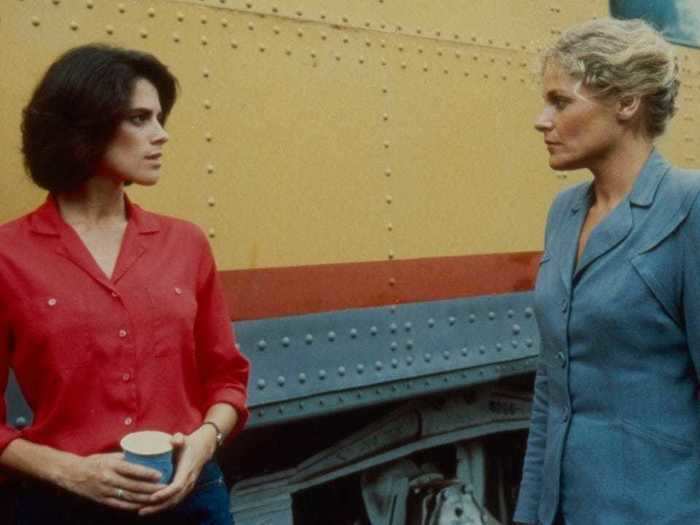
Where to watch it: HBO Max
What it's about: "Desert Hearts" opens as repressed English professor Vivian travels to Nevada to get a quick divorce from her husband. While staying at a ranch there, she and the ranch owner's free-spirited daughter start to fall in love.
Notably, "Desert Hearts" is regarded as the first mainstream lesbian film with a happy ending, and one of the few queer movies to highlight a gay love story blossoming outside of a large, "progressive" city. Its swooning scenery and heartfelt performances make rooting for the movie's core romance effortless.
In the 1985 British romantic dramedy "My Beautiful Launderette," a Pakistani-British man and his boyfriend fight to open a laundromat.
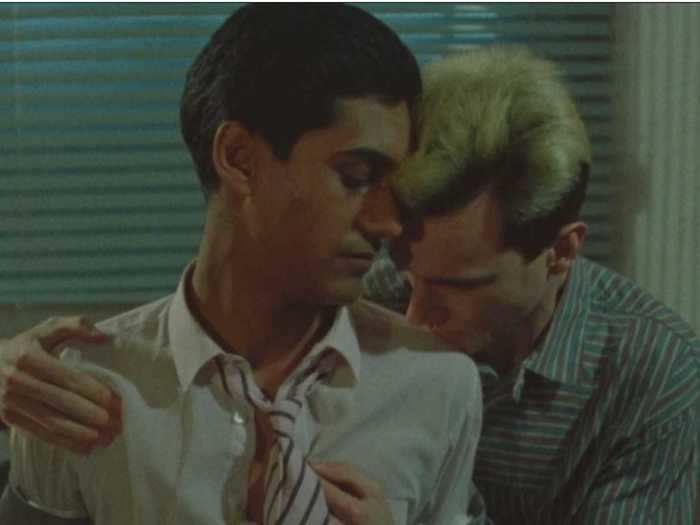
Where to watch it: Rent or buy on Amazon Prime Video, iTunes, or Vudu
What it's about: Made in 1985 during the height of conservative Thatcherism in England, "My Beautiful Laundrette" follows a Pakistani-British man who, against all odds, opens up a glamorous London laundrette with his white street punk boyfriend.
The film's central interracial gay couple being able to defy social norms of the day and have a happy life together still feels remarkably positive and progressive to this day, even as we've hopefully become more forward-thinking as a society since its release.
The 1987 romantic drama "Maurice" tracks a young gay British man's secret romances.
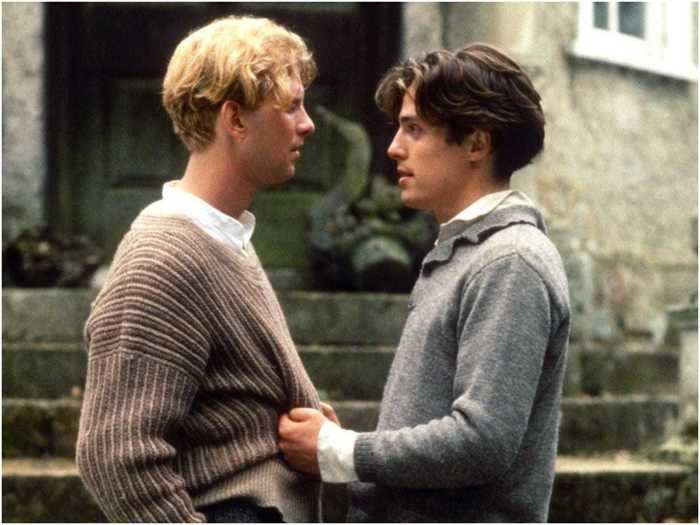
Where to watch it: Rent or buy on Amazon Prime Video, Google Play, iTunes, Vudu, or YouTube
What it's about: From acclaimed gay filmmaker James Ivory, "Maurice" centers on its closeted titular protagonist, who finds love and has affairs with Rupert Graves' Alec and Hugh Grant's Clive in England's repressive Edwardian society.
By exploring the different outcomes in the lives of Maurice, who learns to find love and accept himself, and Clive, who struggles to do so, the film emphasizes the importance of being honest about your sexuality and desires in order to live a fuller life.
The 1990 documentary "Paris Is Burning" centers on drag ball culture amongst New York City's communities of color.
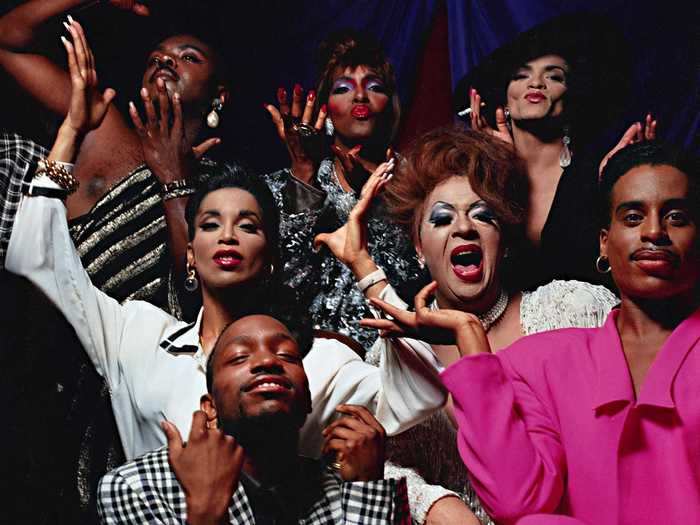
Where to watch it: Rent or buy on iTunes
What it's about: This groundbreaking documentary chronicles New York City's Black and Latinx drag-ball scene in the late 1980s, exploring balls, voguing, and the interior lives and dreams of its members.
Through featuring intimate interviews with iconic drag queens and voguers like Venus Xtravaganza and Pepper LaBeija, "Paris Is Burning" lives on as a celebration of the joyous, artistic, and life-saving families that these spaces provided their members.
READ MORE ARTICLES ON
Popular Right Now
Popular Keywords
Advertisement